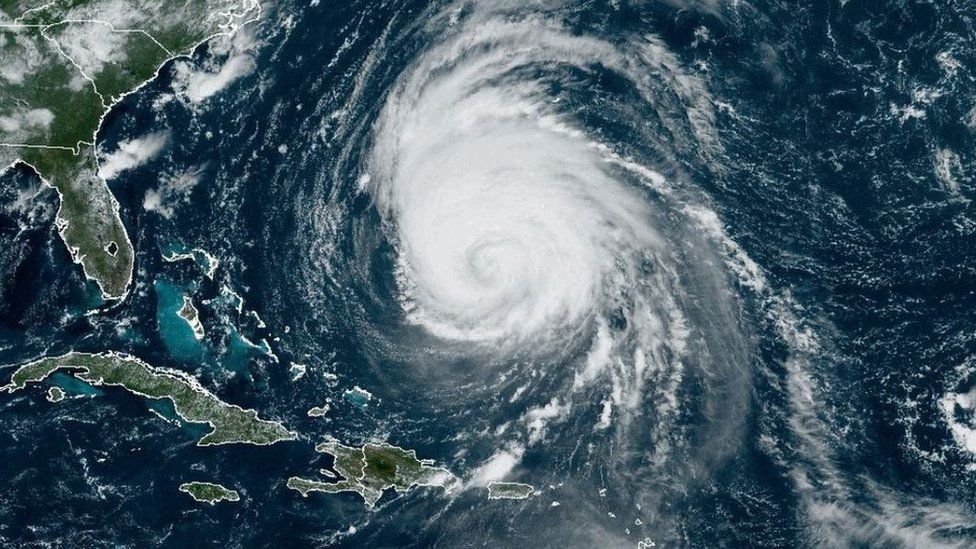Some vicarious excitement for me yesterday sharing in this find evolved into some vicarious disappointment and then some first-hand rage at the cavalier behaviour of some wildfowl breeders that not only complicates record assessment but is also a threat to biodiversity 🧵 1/22
https://twitter.com/RDMECOLOGY/status/1724530256034373685
Rich was pretty confident (bearing in mind distance/weather etc) that the Fllxton bird didn’t show any tell-tale signs of captivity - hybrid origin e.g. or any obvious rings/tags etc. So far so good? 2/ britishbirds.co.uk/wp-content/upl…


I had a vague memory about one such hybrid (= escape) in Suffolk a few years ago and some searching dug that up 3/rarebirdalert.co.uk/RealData/galle…
The wider region has several wildfowl breeders who have Canvasbacks e.g. although this site is almost equidistant between Abberton and Flixton 4/angliawaterfowlandpoultry.co.uk
However, you’d think 'benefit of the doubt' given a major incursion of Nearctic wildfowl in recent weeks perhaps? Plus the Abberton bird. Arrived together? Seems a coincidence? 5/
Sadly, some more googling established that 6 (six) Canvasbacks were present at Flixton in April-June 2020 - part of an apparent dump of other exotic wildfowl including American Wigeon, New Zealand Scaup, Ferruginous Ducks (3) and R-c Pochards (26!).
6/ issuu.com/suffolknatural…

6/ issuu.com/suffolknatural…

So what is Ellingham Wildfowl Centre? Well the internet would suggest it is the same entity as Waveney Wildfowl Park, a private breeder which according to a cached version of a vanished EDP article (published a few days before the latest duck dump)
8/webcache.googleusercontent.com/search?q=cache…
8/webcache.googleusercontent.com/search?q=cache…
Although the site apparently closed 20 years ago (?) it was only recently bought by the new owner intending to create some fishing lakes 9/planning.org.uk/app/20/QNL6T2O…
I can’t work out whether the site held wildfowl after its closure, although it isn’t a great imaginative leap to suspect that this might have been the case. Equally bird breeders dump stock with some regularity, so they could have come from elsewhere too 10/
So now we know that one of those Canvasbacks is alive after 3 years and still on site. What about the others? Aythyas live a long time - a returning Canvasback in the Netherlands that returned for six years was eventually proven as an escape 11/ 

So what of vagrancy potential? Clearly we get vagrant Nearctic Aythyas of wild origin evidenced by ringing recoveries and the spatiotemporal pattern of occurrences - including flocks of birds at W Coast sites at peak migration times after suitable weather systems 12/ 

However, the vagrancy potential of Nearctic Aythyas is species-specific. Species like Ring-necked Ducks and Lesser Scaups are common on the US east coast whilst Canvasback (and Redhead) is uncommon on the coast. See eBird STEM output below 13/ 

This inland bias is reflected in records of vagrants in the region - Canvasback is a mega vagrant to Newfoundland (last 2014) & Bermuda (last 2015) - 2 localities which are useful barometers for European vagrancy (+ unrecorded from the Azores) 14/ebird.org/barchart?r=CA-…
A single Icelandic record would seem a good bet as a genuine vagrant, but even then escaped waterfowl do reach Iceland… 15/macaulaylibrary.org/asset/488004821
Clearly Canvasback would have the physiology for a Transatlantic crossing, but it seems that the species is relatively rarely in a geographic position where it could be entrained in an eastward moving Atlantic weather-front 16/
Given this evidence of recent escapes, I would suggest that the chances of a Canvasback being wild in East Anglia now may be lower than the chances of one being an escape. Escapes which can clearly move long-distances, exhibit wild behaviour and appear unmarked 17/
Last word is obviously with @__BBRC , but the presence of multiple escaped Canvasbacks in East Anglia is highly problematic for assessment of records of the species regionally (+ clearly a long history of waterfowl breeders dumping wildfowl). Maybe something for BOURC one day 18/
These act of releases are themselves clearly illegal under the Wildlife and Countryside Act, Section 14 as Canvasbacks (and certainly e.g. New Zealand Scaup) are not ‘regular visitors’ 19/ legislation.gov.uk/ukpga/1981/69/…


We clearly don’t want another Ruddy Duck scenario (delete as applicable) on our hands 20/
Ongoing monitoring of escapes is therefore really important - not just to facilitate the (more trivial) task of record assessment, but an early warning of biological invasions 21/
So please (continue to) submit records of escapes to platforms like eBird and Birdtrack where they can be marked as such and allow scientists to understand the issue 22/end.
• • •
Missing some Tweet in this thread? You can try to
force a refresh

 Read on Twitter
Read on Twitter


















